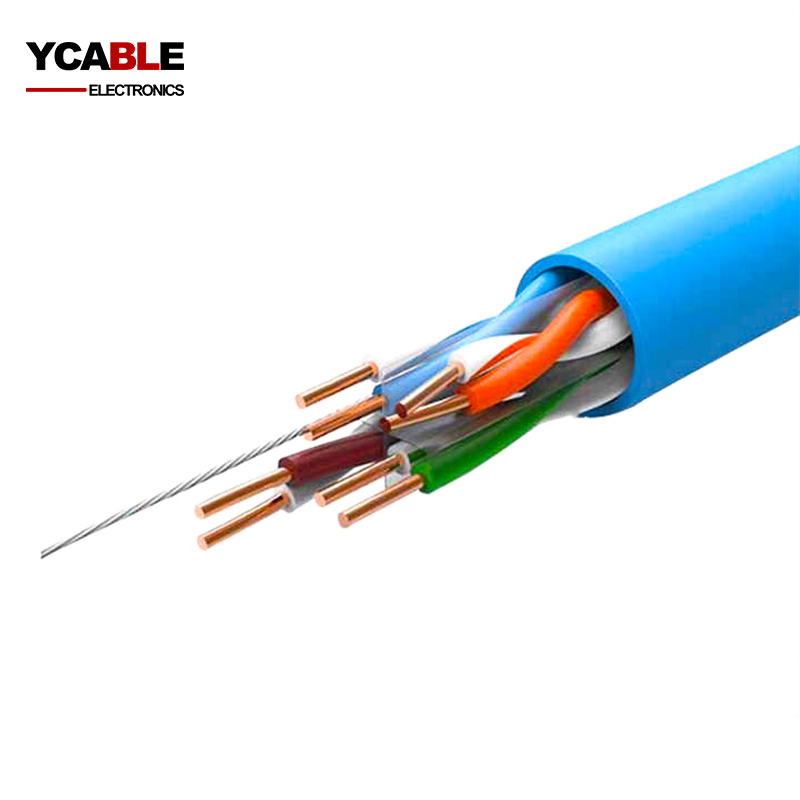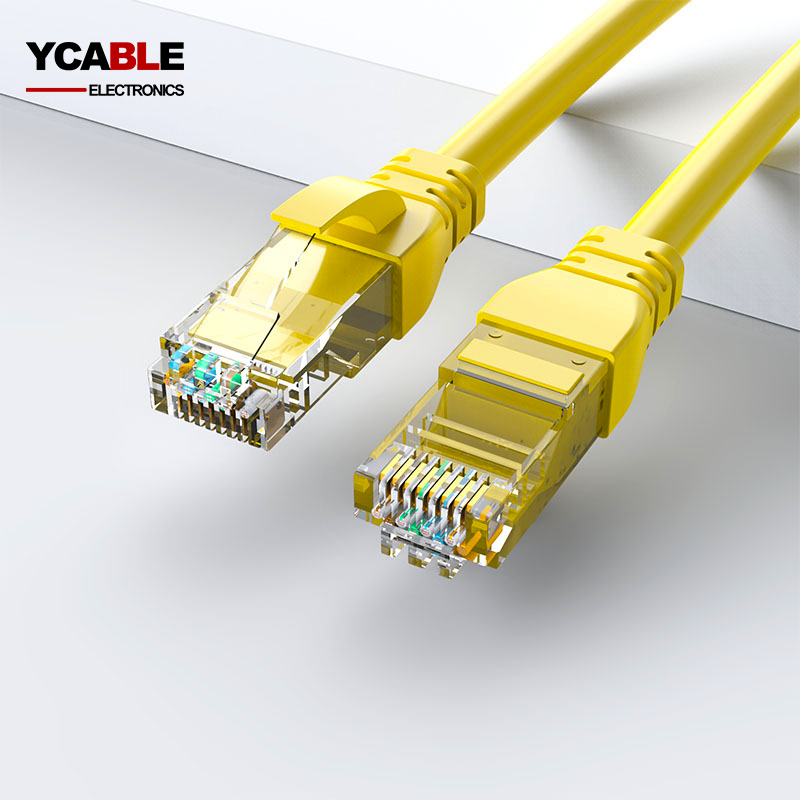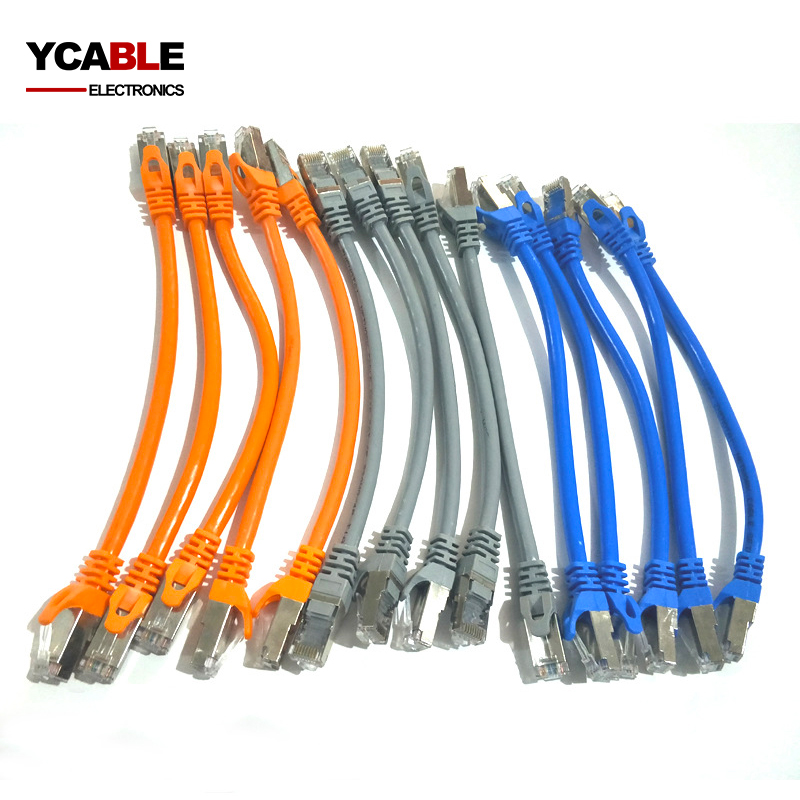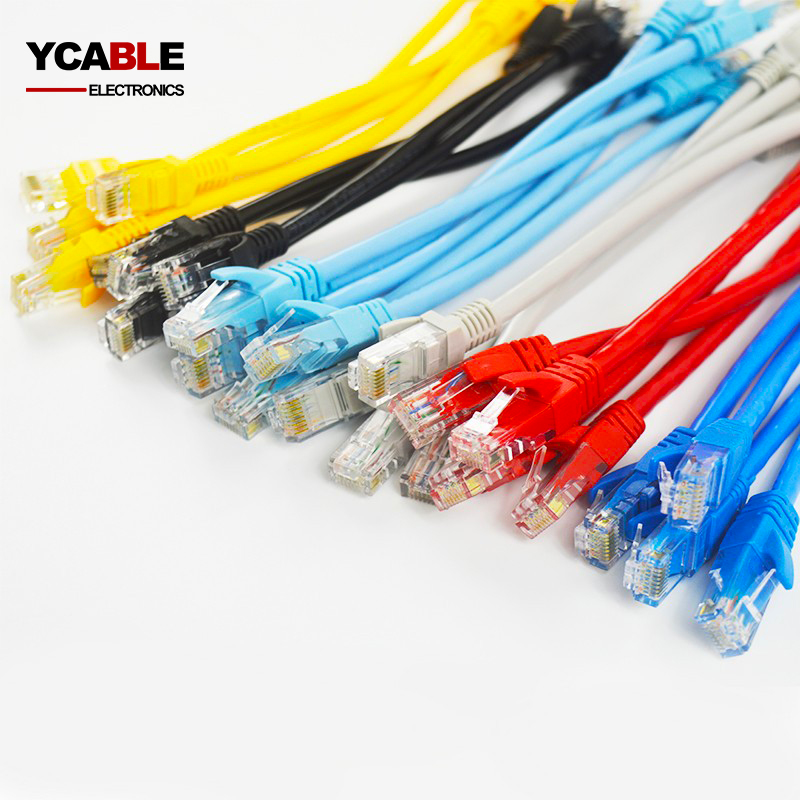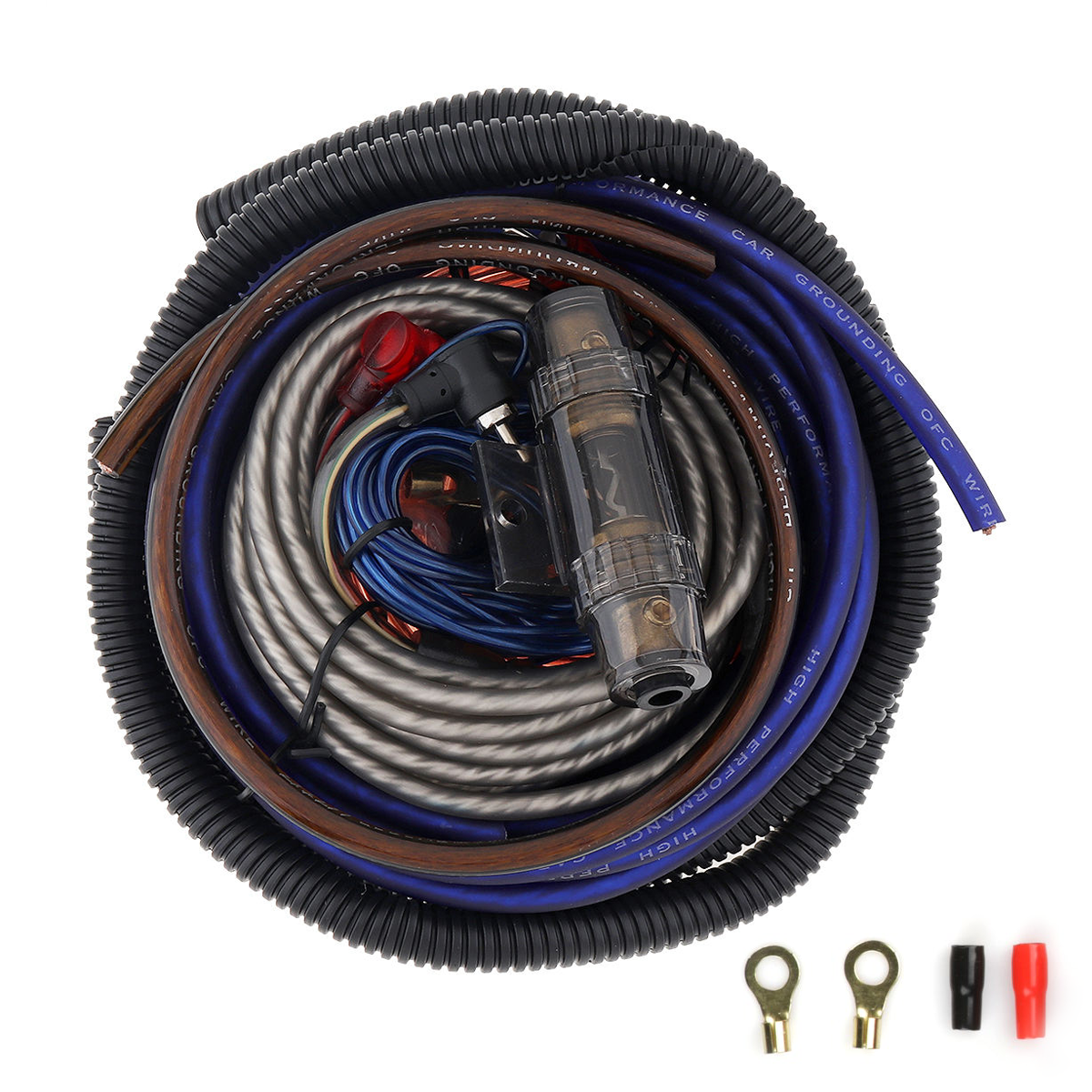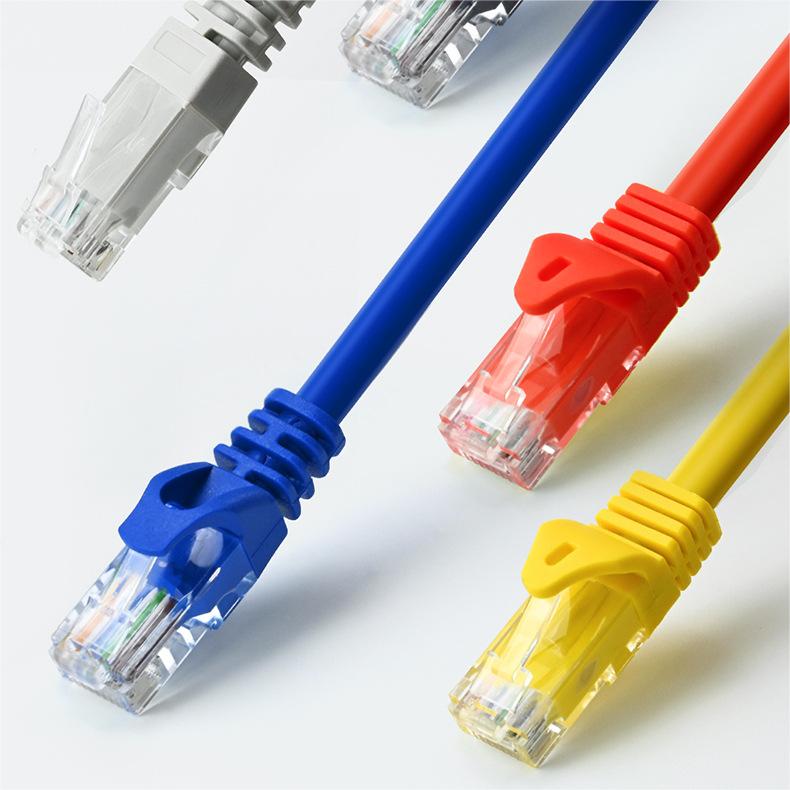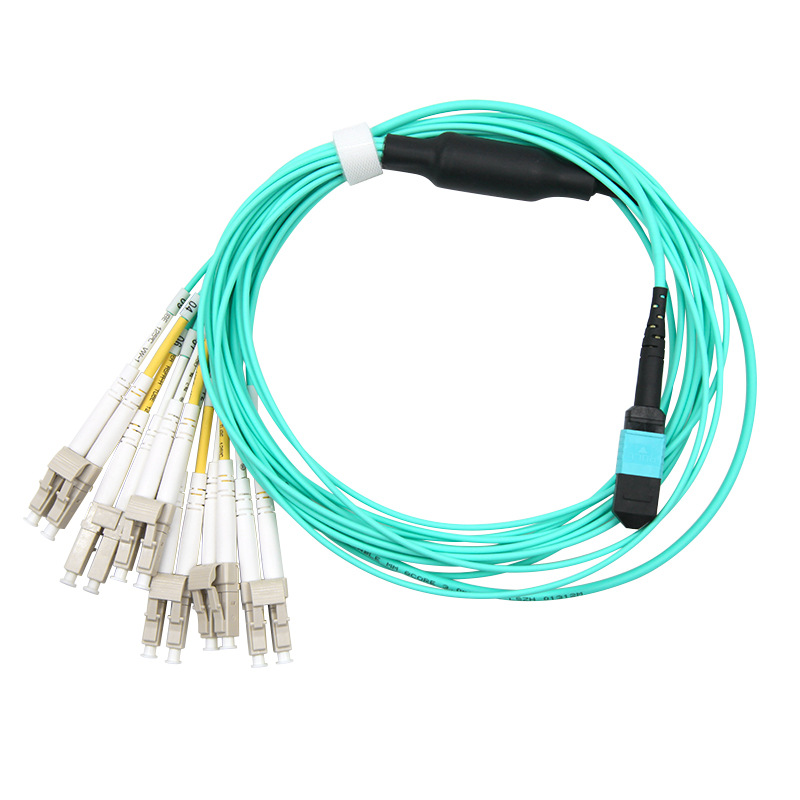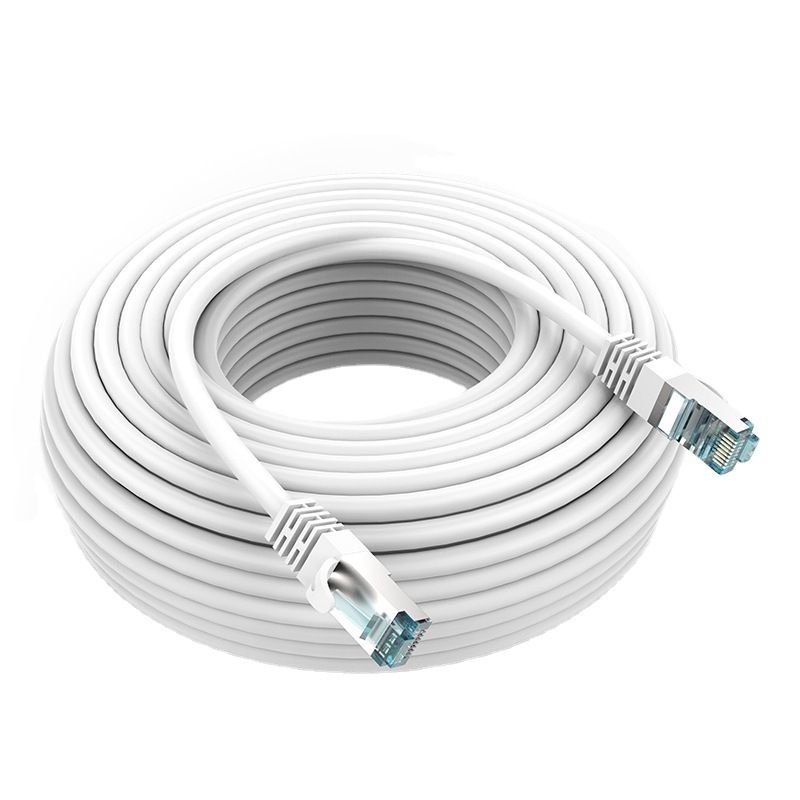CCA Ethernet Cable FFTP CAT6A
CCA Ethernet Cable FFTP CAT6A
Item Number:CCA Cat6A FFTP
- Model: CCA CAT6A FFTP LAN CABLE
- Size: 23AWG Solid/Stranded
- Color: White/Blue/Black/Gray/Custom
- Insulation: PE/Custom
- Shield: Polyester/Aluminum Foil shield/Copper braiding shield/Custom
- Jacket: PVC/LSOH/Custom
- Packing: 305M(1000FT)/CTN/Custom
- OD: 7.5mm/Custom
- Conductor Material: CCA
- Drain wire: None/Tinned Copper/Custom
Environmental Specifications:
Environmental Space – Non-plenum
Flame Test Method – CMR
Installation Temperature – 0 °C to +60 °C (+32 °F to +140 °F)
Operating Temperature – -20 °C to +60 °C (-4 °F to +140 °F)
General Specifications:
Cable Type
FFTP (Al-Foil double shielded)
Pairs, quantity
4
Cable Component Type
Horizontal
Conductor Gauge, singles
23AWG
Conductor Type, singles
Solid/Stranded
Characteristics:
- Performance up to 550 MHz, CAT6 is only 250 MHz.Suitable for 10GBASE-T, CAT6A can support up to 100 meters when transmitting 10Gbps.
- Enhanced protection against crosstalk and system noise.
- There are many brands sold on the market, so everyone must choose a large brand to ensure the quality of the network cable.
- With aluminum foil shielding and copper braiding shielding, it has a much stronger anti-interference ability
- Transmission rate: 1000Mbps
- Suitable for indoor applications
In general, CCA CAT6A FFTP has stronger shielding capabilities, higher transmission rates, and greater flexibility than CCA CAT6A FTP.
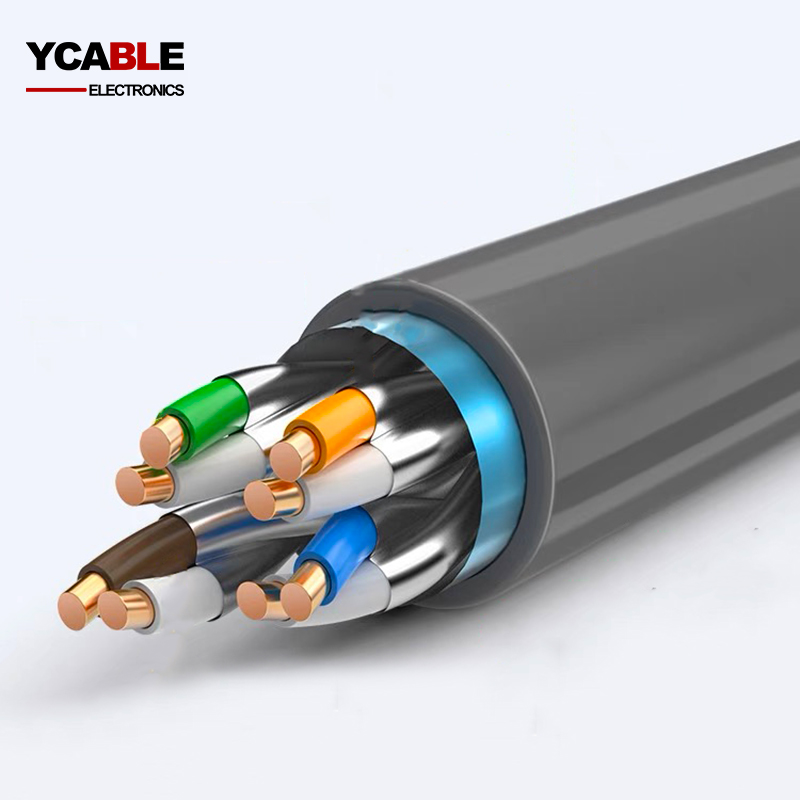

Categories
CCA Category 6A FFTP Cable
| Electrical Specifications | |
| ANSI/TIA Category | 6A FFTP |
| dc Resistance Unbalance, maximum | 5 % |
| dc Resistance, maximum | 9.38 ohms/100 m |
| Mutual Capacitance | 5.6 nF/100 m @ 1 kHz |
| Nominal Velocity of Propagation (NVP) | 69 % |
| Operating Frequency, maximum | 100 MHz |
| Operating Voltage, maximum | 80 V |
| Transmission Standards | ANSI/TIA-568-C.2 CENELEC EN 50288-3-1 ISO/IEC 11801 Class D |
| Dielectric Strength, minimum | 1500 Vac 2500 Vdc |
Description
What is copper clad aluminum CCA CAT6A FFTP cable?
The CAT6A FFTP CCA cable is tailored to efficiently support high-speed data protocols, delivering a robust 10 Gbps performance ideal for workstation connectivity. This cable is composed of eight color-coded 23AWG conductors, each insulated with a polyolefin Foam-Skin. The conductor material is copper-clad aluminum (CCA), ensuring effective signal transmission. These conductors are twisted to form four distinct pairs, each of varying lengths to optimize performance. Each pair is then shielded with an aluminum/polyester foil, followed by an overarching aluminum/polyester foil encasing all the pairs, enhancing the cable's overall protection.
This CCA cat6a fftp cable is designed for quick and straightforward installation, eliminating the need for specialized tools, thus facilitating ease of use across various applications.
Applications of CAT6A FFTP CCA Cable:
- Ideal for Structured Premises Cabling: It offers a reliable solution for organized cabling systems within buildings.
- Versatile in Signal Transmission: Efficiently transmits both digital and analog voice and data signals.
- Optimal for Class EA Applications: Particularly well-suited for all Class EA applications, ensuring high-level data transfer.
- Supports Various Networking Protocols: Compatible with a range of protocols including ISDN, Ethernet 10 Base-T, Fast Ethernet 100 Base-T, Gigabit Ethernet 1000Base-T, and 10G Base-T, in line with IEEE 802.3 standards.
- Adaptable to Advanced Network Settings: Suitable for Token Ring 4/16Mbit/s, TP-PMD/TP/DDI 125Mbit/s, and ATM 155Mbit/s, complying with IEEE802.5 standards.
As a cat6a fftp manufacturer, the focus is on delivering cables that not only meet but exceed the networking requirements of modern high-speed data environments, ensuring efficient, reliable, and high-quality data transmission solutions.
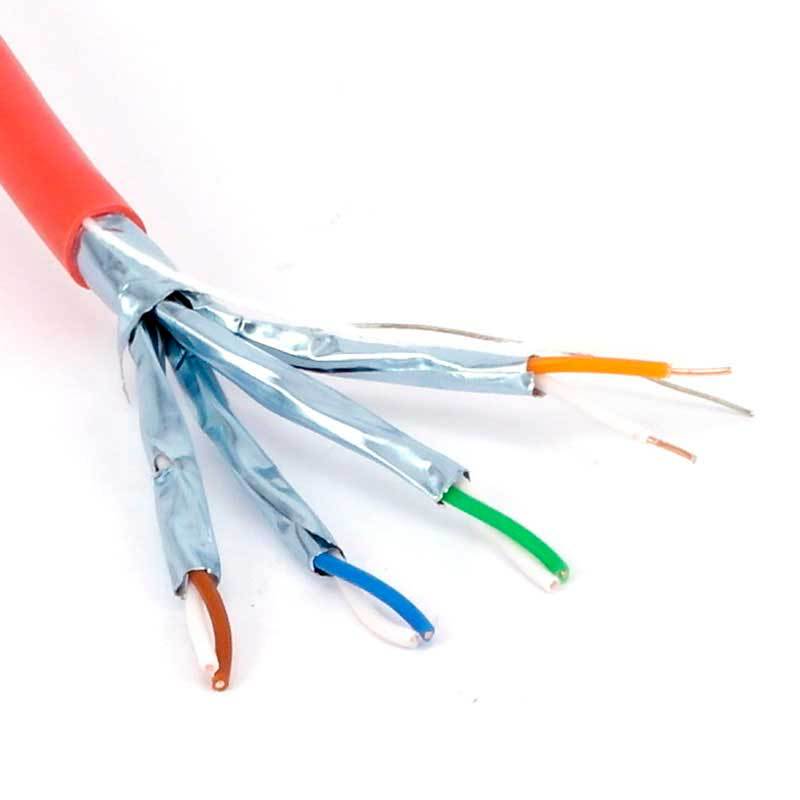
| Product Construction | |||||
| Conductor | Material | Copper Clad Aluminum/CCA | |||
| AWG | 23 | ||||
| Diameter(mm) | 0.575 | ||||
| Insulation | Material | Foam PE | |||
| Average Thickness(mm) | 0.37 | ||||
| Minimum Thickness(mm) | 0.35 | ||||
| Diameter(mm) | 1.35 | ||||
| pair Twist Diameter(mm) | 2.60 | ||||
| Aluminum Foil 1(mm) | w=14,h=0.067 | ||||
| Aluminum Foil 2(mm) | w=24,h=0.07 | ||||
| Cable Diameter(mm) | 6.50 | ||||
| Rip-cord | 1*3D | ||||
| Jacket | Material | LSZH | |||
| Average Thickness(mm) | 0.58 | ||||
| Minimum Thickness(mm) | 0.53 | ||||
| Diameter(mm) | 7.60 | ||||
| Color | |||||
| Insulation Wire | Blue*White/Blue | Orange*White/Orange | |||
| Green*White/Green | Brown*White/Brown | ||||
| Jacket | According to the customer's requirement | ||||
CAT6A FFTP Electrical Characteristic
| Electrical Characteristic | ||||||
| Impedance Ω | Propagation Delay Skew ns/100m | Capacitance Unbalance | Conductor Resistance@20℃ Ω/km | Unbalance Resistance % | ||
| 100±15 | <=45 | <=330 | <=9.5 | <=5 | ||
| Frequency MHZ | Return Loss >=dB | Attenuation <=dB/100m | Next >=dB/100m | PS Next >=dB/100m | Elfext >=dB/100m | PS Elfext >=dB/100m |
| 1 | 20.00 | 2.08 | 78.00 | 75.0 | 78.0 | 75.0 |
| 4 | 23.01 | 3.75 | 78.00 | 75.0 | 78.0 | 75.0 |
| 8 | 24.52 | 5.22 | 78.00 | 75.0 | 77.2 | 74.2 |
| 10 | 25.00 | 5.82 | 78.00 | 75.0 | 75.3 | 72.3 |
| 16 | 25.00 | 7.34 | 78.00 | 75.0 | 71.2 | 68.2 |
| 20 | 25.00 | 8.21 | 78.00 | 75.0 | 69.3 | 66.3 |
| 25 | 24.32 | 9.18 | 78.00 | 75.0 | 67.3 | 64.3 |
| 31.25 | 23.64 | 10.26 | 78.00 | 75.0 | 65.4 | 62.4 |
| 50 | 22.21 | 13.01 | 78.00 | 75.0 | 61.3 | 58.3 |
| 62.5 | 21.54 | 14.57 | 78.00 | 75.0 | 59.4 | 56.4 |
| 100 | 20.11 | 15.82 | 75.40 | 72.40 | 55.3 | 52.3 |
| 125 | 19.43 | 20.77 | 73.90 | 71.0 | 53.4 | 50.4 |
| 200 | 18.00 | 26.47 | 70.90 | 67.9 | 49.3 | 46.3 |
| 250 | 17.32 | 29.73 | 69.40 | 66.4 | 47.3 | 44.3 |
| 300 | 17.32 | 32.69 | 68.20 | 65.2 | 45.8 | 42.8 |
| 350 | 17.32 | 35.44 | 67.20 | 64.2 | 44.4 | 41.4 |
| 400 | 17.32 | 38.01 | 66.40 | 63.4 | 43.3 | 40.3 |
| 500 | 17.32 | 42.76 | 64.90 | 61.9 | 41.3 | 38.3 |
CCA CAT6A FFTP Mechanical Characteristic
| Mechanical Characteristic | Product Standard | ||||||
| Testing Object | Jacket Material | Rated Temperature(℃) | 90 | ||||
| Testing Material | LSZH | YD/T1019-2001 | Meet | ||||
| Aging Condition(℃*hrs) | 100*168 | UL/C(UL)/ETL | |||||
| Before Aging | Tensile Strength(Mpa) | >=10 | ANSI/EIA568C.2 | ||||
| Elongation(%) | >=125 | ISO/IEC 11801 | |||||
| After Aging | Tensile Strength(Mpa) | >=85% of unaged | Packaging | 305M/Box/Reel | |||
| Elongation(%) | >=50% of unaged | Printing | According to the customer's requirement | ||||
| Cold Bending(-20±2℃*4hrs) | No crack | ||||||
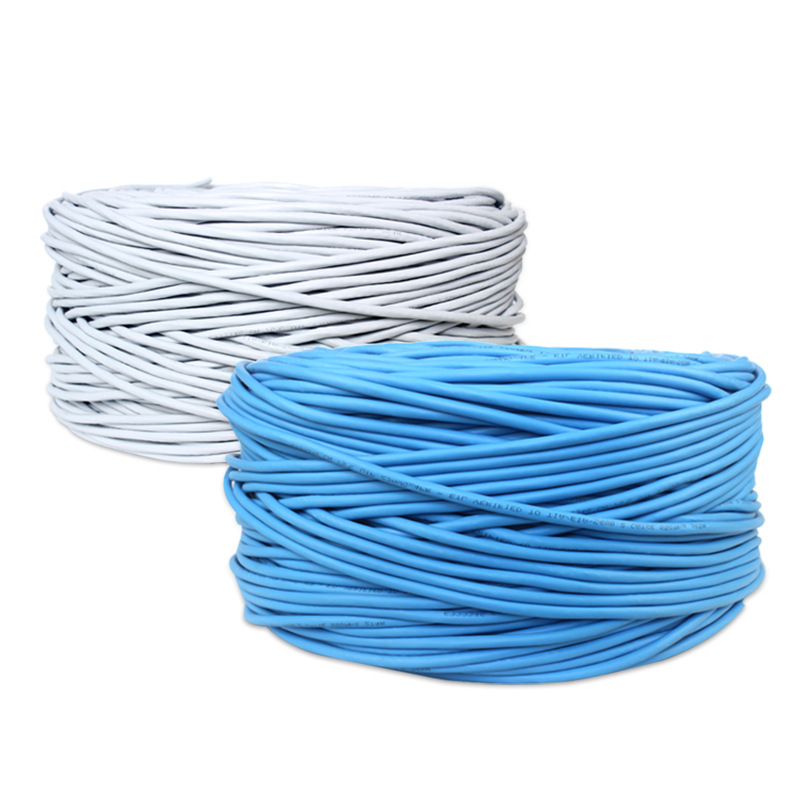
Is CCA as good as copper?
CAT6A FFTP CCA, an abbreviation for Copper Clad/Coated Aluminum, refers to a specific category of Ethernet cables, also known as CCE (Copper Clad Ethernet). This terminology generally points to aluminum patch cables that differ from the standard Ethernet cables, which are traditionally made with solid copper conductors, in both stranded and solid forms.
Advantages of CAT6A FFTP CCA/CCE Ethernet Aluminum Cables
While there are varied opinions in the networking community regarding CCA cables, there are undeniable advantages that these cables offer:
- Cost Efficiency: The use of aluminum in the manufacturing process of CAT6A FFTP CCA cables makes them more economical to produce and purchase compared to traditional copper cables.
- Lightweight Nature: These cables are generally lighter than their pure copper counterparts. This weight reduction leads to lower shipping costs, adding to their cost-effective nature.
- Functional for Certain Applications: Despite not matching the performance levels of pure copper cables in many aspects, CAT6A FFTP CCA cables are still valuable for specific uses. For instance, they are quite adequate for connecting an ISP’s cable modem to a WLAN router or linking a desktop PC to a SOHO Ethernet switch, particularly in short-distance SOHO setups. Contrary to some claims, CCA cables are capable and often receive positive ratings, as evidenced by user reviews on platforms like Amazon.
As a cat6a fftp manufacturer, recognizing the diverse needs and budget considerations in network installations is crucial. CAT6A FFTP CCA cables, with their unique blend of affordability and practicality for certain scenarios, can be an effective solution in contexts where cost-effectiveness and suitability for short-distance applications are prioritized.
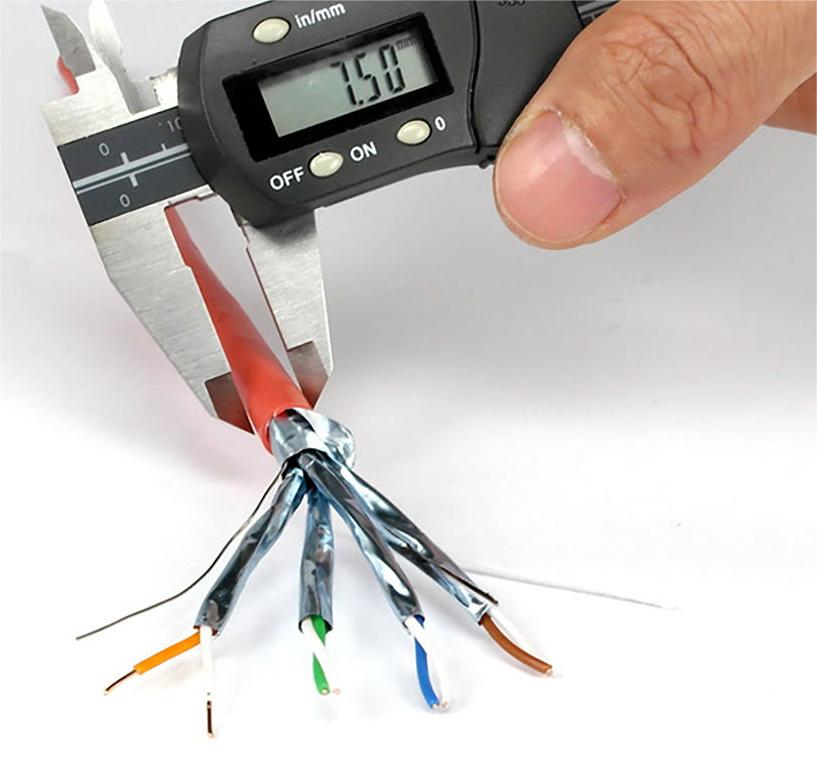
Related Products
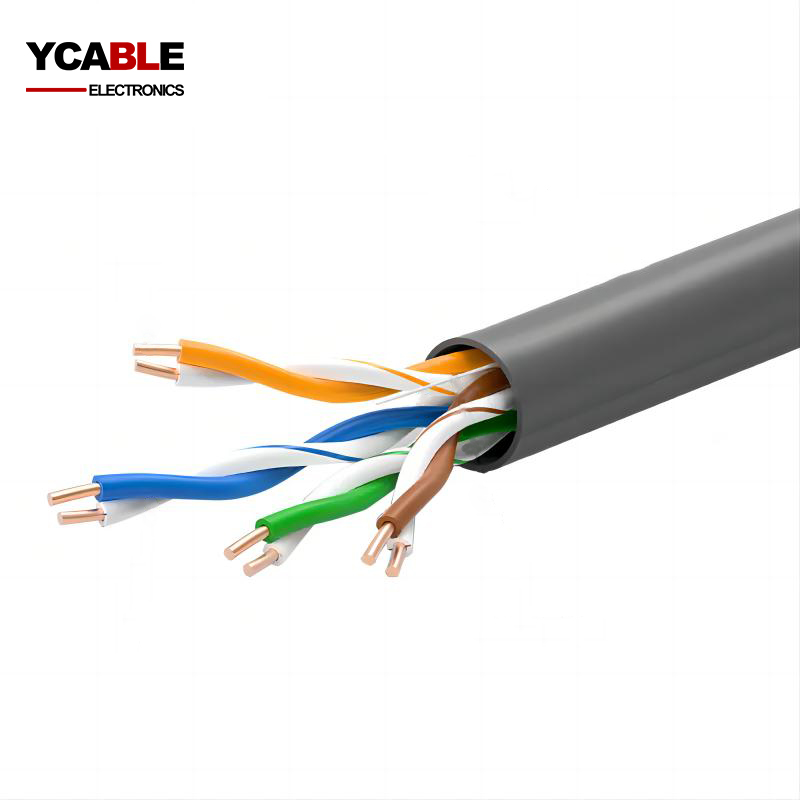
CCA Ethernet Cable UTP CAT5E
CCA Ethernet Cable CAT5E UTP 4pair 24awg 4x24AWG network cable Lan Cable ...
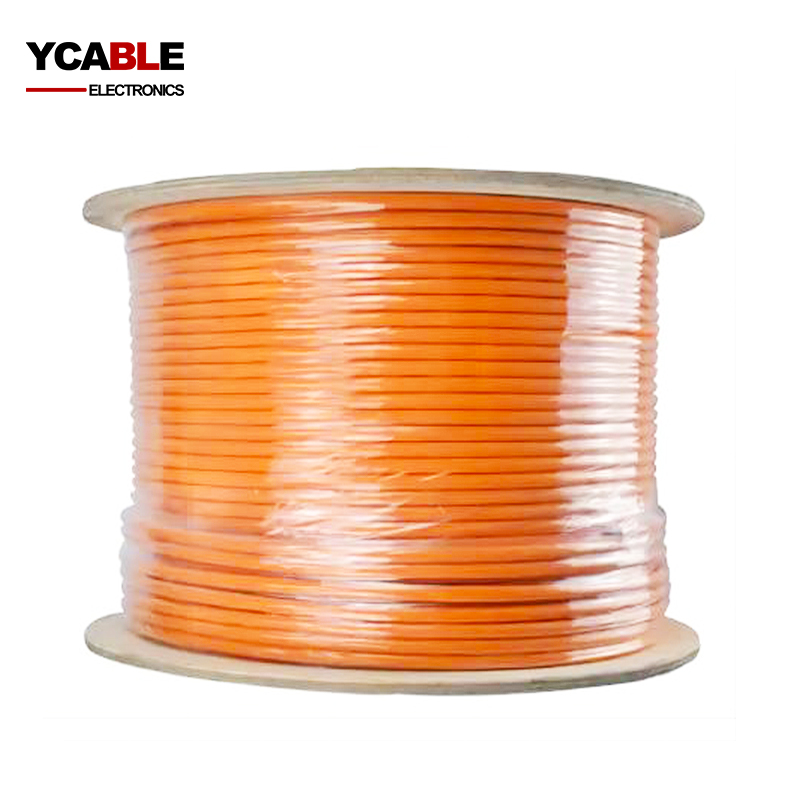
CAT6A wire FFTP LAN cable
1000FT CAT6A FFTP shielded ethernet copper network cable manufacturer in China
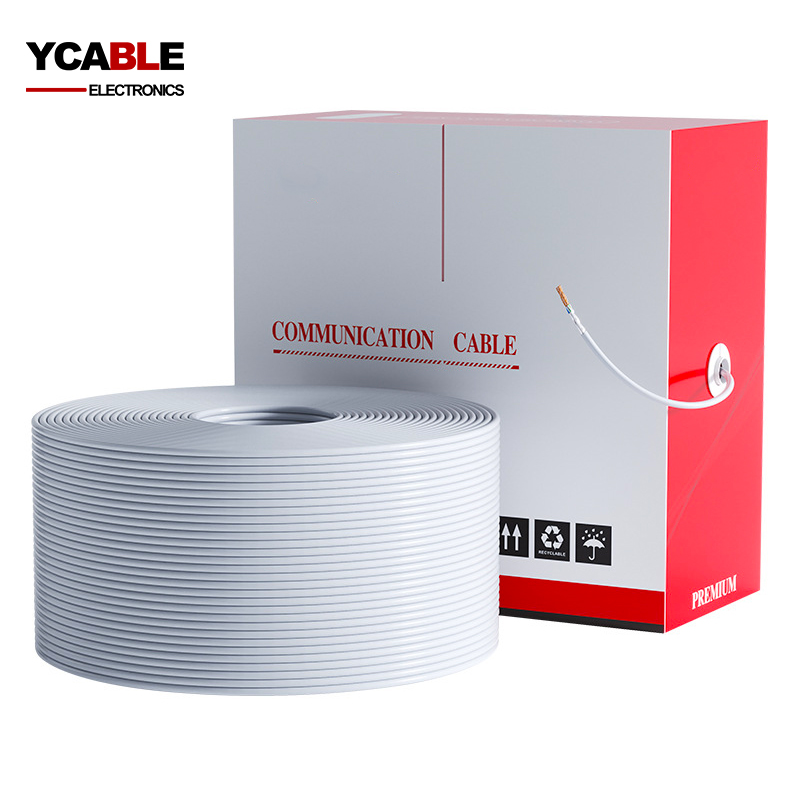
CAT6A wire SFTP LAN cable
1000FT CAT6A SFTP shielded ethernet network cable network cable lan cable manufacturer ...
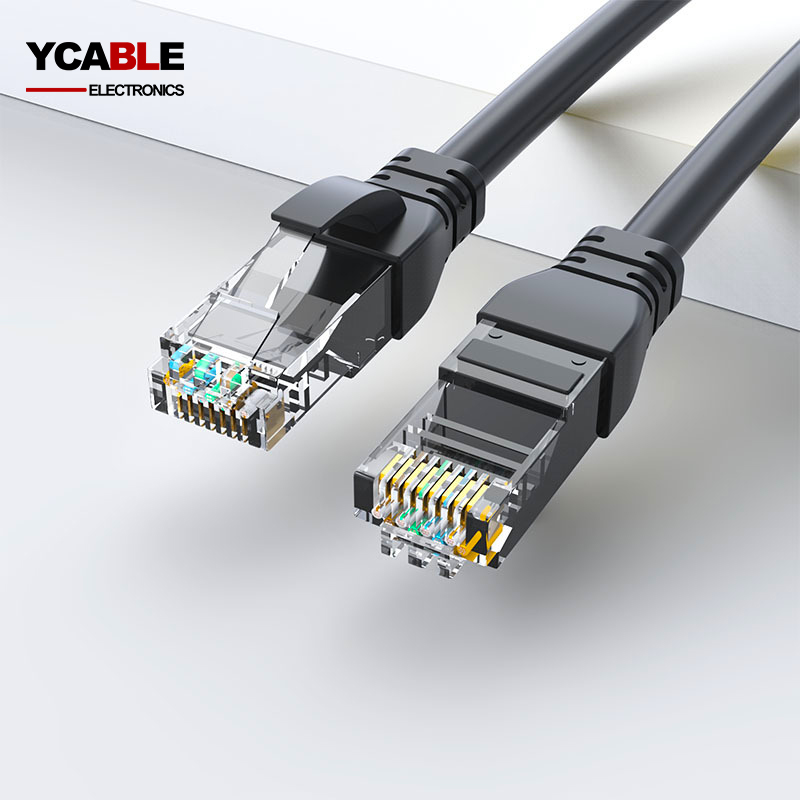
Cat 6a FFTP Patch Cable
CAT6a FFTP Patch Cords, developed and produced by leading cat6a fftp patch ...

